Make DIY Pillows to Suit Your Home Decor
Are you looking to add a personal touch to your living space? DIY pillows are a fantastic way to enhance your home decor while showcasing your creativity. Imagine sinking into a cozy couch adorned with pillows that reflect your unique style—sounds inviting, right? Whether you’re aiming for a chic, modern vibe or a cozy, rustic feel, making your own pillows can be both fun and fulfilling. In this article, we’ll explore creative ways to design and craft beautiful DIY pillows that not only elevate your space but also serve as conversation starters.
First things first, let’s talk about the importance of choosing the right fabric. The fabric you select can dramatically influence the overall look and feel of your pillows. From luxurious velvets to casual cottons, the options are endless! Think about the mood you want to create in your room. For a vibrant, energetic space, bold patterns and bright colors can do wonders. On the other hand, if you prefer a more serene atmosphere, soft pastels or neutral tones may be your best bet. Remember, the fabric should not only match your decor but also be durable and comfortable for everyday use.
Once you’ve settled on the fabric, it’s time to gather your tools and materials. A well-prepared workspace is essential for a successful DIY project. You’ll need items like a sewing machine, scissors, measuring tape, and, of course, stuffing material. Don’t worry if you’re new to sewing; we’ll guide you through each step. With the right tools in hand, you'll be ready to transform your ideas into reality, creating pillows that not only look great but also feel great.
Now, let’s dive into the nitty-gritty of measuring and cutting your fabric. Accurate measurements are crucial for achieving the perfect pillow size. You wouldn’t want a pillow that’s too small or too large for your space, right? We’ll share tips on how to measure your fabric correctly, ensuring that every cut is precise. Plus, we’ll explore various cutting techniques that will help you achieve clean edges and beautiful shapes. Think of it as sculpting—each cut gets you one step closer to your masterpiece!
Another essential aspect of your DIY pillow project is choosing the right filling. The filling you opt for can significantly affect both the comfort and appearance of your pillows. Do you prefer the plush softness of down, the resilience of polyester, or the firmness of foam? Each option has its pros and cons, and we’ll break them down for you to help you make an informed decision. Imagine curling up with a pillow that feels just right—now that’s what we’re aiming for!
Finally, let’s add some flair to your creations with decorative techniques. This is where your creativity can truly shine! You can enhance your pillows with embroidery, appliqué, or even painting. These decorative elements can elevate your pillows from simple to stunning, making them truly one-of-a-kind. We’ll provide step-by-step instructions on how to incorporate these techniques, ensuring that your pillows not only look amazing but also reflect your personal style.
So, are you ready to embark on this DIY journey? With the right fabric, tools, techniques, and a sprinkle of creativity, you’ll be well on your way to crafting beautiful pillows that perfectly suit your home decor. Let’s get started!
- What type of fabric is best for DIY pillows?
It depends on your style! Cotton is great for casual looks, while velvet adds a touch of luxury. Always consider durability and comfort.
- Do I need a sewing machine to make pillows?
While a sewing machine makes the process quicker and neater, you can also hand-sew your pillows if you prefer a more personal touch.
- How do I choose the right pillow filling?
Consider your comfort preferences. Down is soft and luxurious, polyester is affordable and easy to maintain, while foam provides firm support.
- Can I customize my pillows without sewing?
Absolutely! You can use fabric glue for no-sew options or even tie pillows with fabric strips for a unique look.
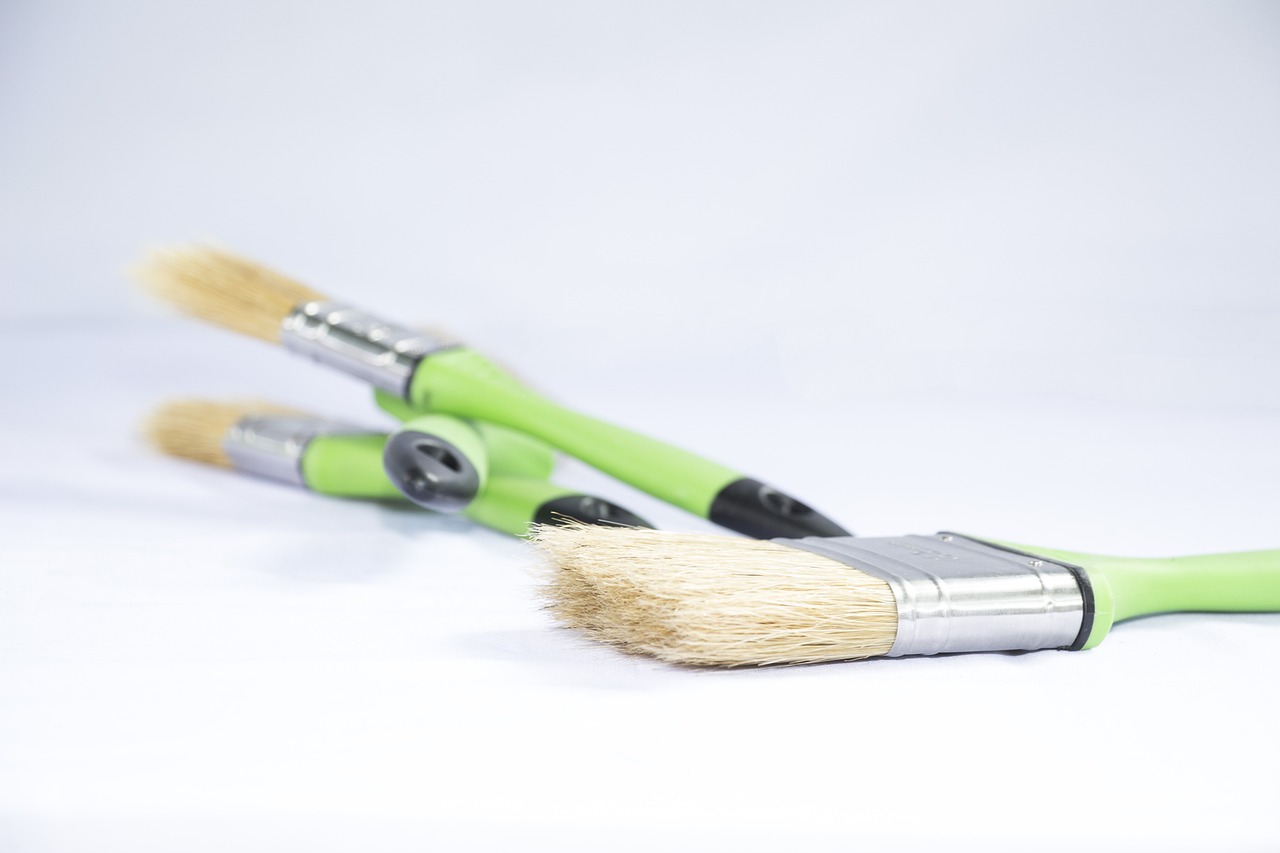
Choosing the Right Fabric
When it comes to creating your own DIY pillows, one of the most important decisions you'll make is . The fabric you select not only affects the overall look and feel of your pillows but also their durability and comfort. Imagine snuggling up with a pillow that feels just right against your skin—comfort is key! So, let’s dive into the world of fabrics and explore the options available to you.
First things first, consider the style and theme of your home decor. Are you leaning towards a cozy, rustic vibe, or are you more into sleek, modern aesthetics? The fabric you choose should complement your space. For instance, if your living room features warm wood tones and earthy colors, fabrics like cotton or linen in natural shades can beautifully enhance that ambiance. On the other hand, if your decor is more contemporary, you might want to explore bold prints or luxurious materials like velvet.
Here’s a quick rundown of some popular fabric types that you might consider:
- Cotton: This versatile fabric is breathable, easy to clean, and comes in countless patterns and colors, making it a favorite for DIY projects.
- Linen: Known for its natural texture and durability, linen adds an elegant touch. However, it can be prone to wrinkling, so keep that in mind!
- Canvas: A heavier fabric, canvas is perfect for outdoor pillows or for a more casual look. It’s sturdy and holds up well against wear and tear.
- Velvet: For a touch of luxury, velvet pillows can elevate your decor. They are soft and inviting but may require special care to maintain their appearance.
- Polyester: This synthetic fabric is affordable and comes in a variety of textures and colors, making it a practical choice for family-friendly homes.
Another aspect to consider is the texture of the fabric. A pillow with a soft, plush texture can add warmth to a room, while a smooth, sleek fabric might create a more polished look. Think about how you want the pillows to feel against your skin and how they will interact with other materials in your space. Mixing textures can also create visual interest, so don’t hesitate to experiment!
Finally, don’t forget about durability. If your pillows are going to be used frequently or in high-traffic areas, opt for fabrics that can withstand daily wear. Look for materials that are stain-resistant or easy to clean, especially if you have kids or pets. Fabrics like canvas or polyester often provide excellent durability without sacrificing style.
In summary, choosing the right fabric for your DIY pillows is a crucial step in enhancing your home decor. By considering your style, texture, and durability needs, you can select a fabric that not only looks great but also feels amazing. So, go ahead and let your creativity flow—your perfect pillow is just a fabric choice away!
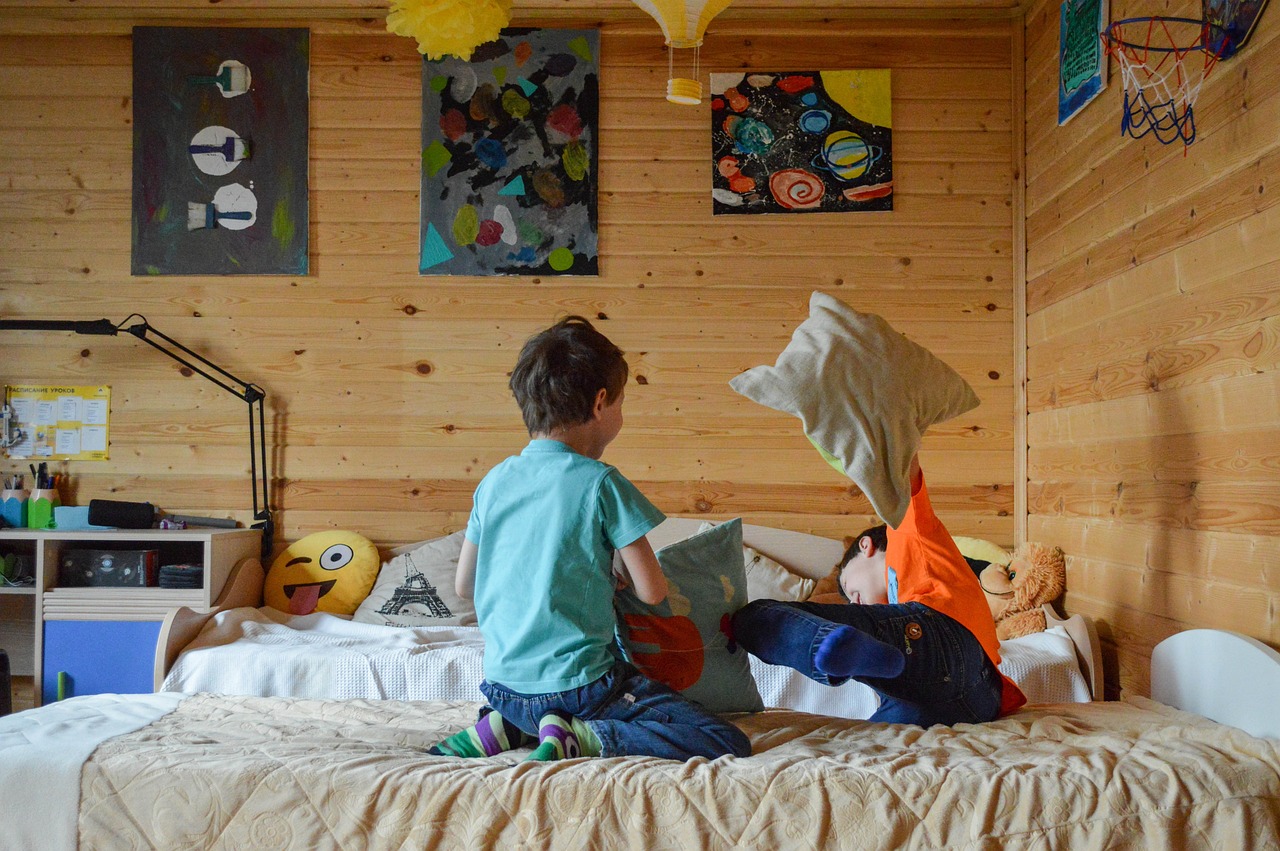
Essential Tools and Materials
Before diving into the exciting world of DIY pillow making, it's essential to gather all the tools and materials you'll need. Think of this as assembling your own creative toolkit, where each item plays a crucial role in bringing your vision to life. Having the right equipment at your fingertips not only makes the process smoother but also enhances the quality of your final product.
First things first, a reliable sewing machine is your best friend in this endeavor. If you don’t own one yet, consider investing in a good quality machine that suits your skill level. For those who prefer a hands-on approach, a simple needle and thread can do the trick, but be prepared for a more labor-intensive process. Alongside your sewing machine, you'll need fabric scissors, which are designed to cut through multiple layers of fabric with ease, ensuring clean edges that can make or break the final look of your pillows.
Next up, let’s talk about fabric. The type of fabric you choose can significantly impact both the aesthetics and durability of your pillows. Cotton, linen, and upholstery fabrics are popular choices due to their versatility and comfort. To help you visualize the options, here's a quick table comparing different fabric types:
| Fabric Type | Texture | Durability | Best For |
|---|---|---|---|
| Cotton | Soft, breathable | Medium | Indoor pillows |
| Linen | Textured, elegant | High | Stylish decor |
| Upholstery Fabric | Thick, durable | Very High | Outdoor pillows |
Once you’ve selected your fabric, you’ll also need stuffing. This is where the comfort factor comes into play. Options like polyester fiberfill, down feathers, or even memory foam can be used to fill your pillows. Each option has its own unique feel and support level, so choose one that aligns with your comfort preferences. For instance, down feathers provide a luxurious softness, while polyester fiberfill is hypoallergenic and easy to maintain.
Additionally, don’t forget about measuring tools. A measuring tape is essential for getting the right dimensions, and a ruler can help with precise cuts. You might also want to have a fabric chalk or marker handy for marking your fabric before cutting. This makes it easier to ensure accuracy and avoid any mistakes that could lead to wasted materials.
Lastly, consider adding some decorative elements to your toolkit, such as buttons, ribbons, or even stencils for painting. These items can transform a simple pillow into a stunning statement piece that reflects your personality and style.
In summary, having the right tools and materials is the foundation of a successful DIY pillow project. With a sewing machine, quality fabric, appropriate stuffing, and measuring tools, you’re well on your way to creating beautiful, personalized pillows that will enhance your home decor.
Q: What type of fabric is best for DIY pillows?
A: The best fabric depends on your style and use. Cotton is great for everyday pillows, while upholstery fabric is ideal for durability, especially in outdoor settings.
Q: Can I make pillows without a sewing machine?
A: Absolutely! You can hand sew your pillows, but it will take more time and effort. Just ensure you have a good needle and thread for the job.
Q: How do I choose the right filling for my pillows?
A: Consider the comfort level you want. Down is soft and luxurious, while polyester is hypoallergenic and easy to care for. Memory foam offers great support.
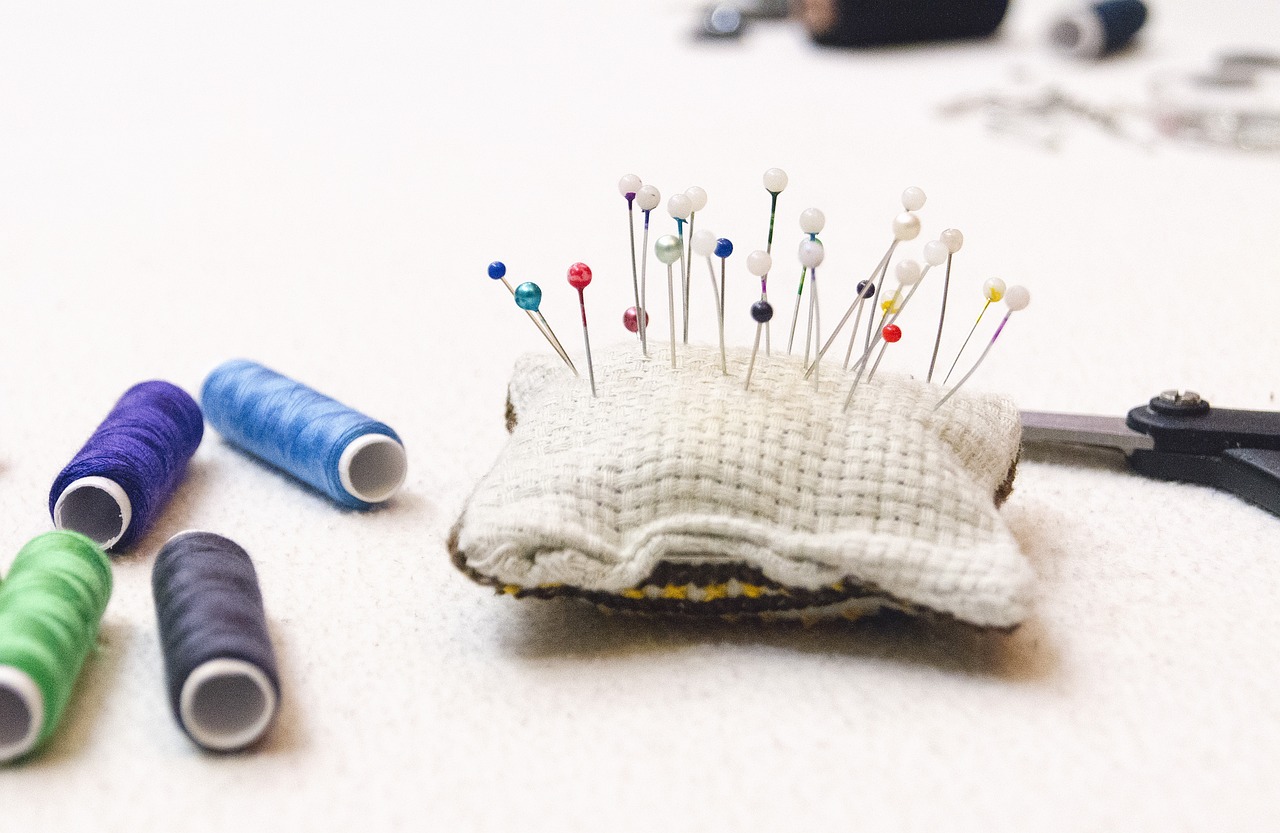
Measuring and Cutting Fabric
When it comes to making your own DIY pillows, accurately is crucial. Think of it like baking a cake; if you don’t measure your ingredients properly, the end result could be a flop! The same principle applies here. You want your pillows to be not only beautiful but also functional and comfortable. So, let’s dive into the nitty-gritty of how to get those measurements just right.
First off, grab a tape measure, a fabric marker or chalk, and a pair of sharp fabric scissors. These tools will be your best friends during this process. Start by deciding on the dimensions of your pillow. Are you going for a classic square, a trendy rectangle, or perhaps a round shape? Whatever your choice, ensure you have a clear idea of the size you want. For instance, a standard throw pillow is typically around 18x18 inches, but you can customize this to fit your space.
Next, measure your fabric. Lay it out flat on a large surface, making sure it’s wrinkle-free. Use your tape measure to mark the dimensions you decided on earlier. It’s a good idea to add an extra inch to each side for seam allowances. This extra fabric will give you room to sew without cutting too close to the edge, which can lead to fraying and an unprofessional look. Once your measurements are marked, you can use a straight edge to draw lines for cutting.
When cutting, make sure to follow your marked lines precisely. If you’re feeling adventurous, you might want to experiment with different shapes or even cut out fun patterns. Just remember, the cleaner your cuts, the better your pillow will look in the end. To help illustrate this, here’s a simple table showing how to calculate fabric requirements based on pillow size:
| Pillow Size (inches) | Fabric Required (inches) | Notes |
|---|---|---|
| 16 x 16 | 20 x 20 | Includes seam allowance |
| 18 x 18 | 22 x 22 | Includes seam allowance |
| 12 x 20 | 16 x 24 | Includes seam allowance |
Finally, once you’ve cut your fabric, it’s wise to give the edges a quick zigzag stitch or use pinking shears to prevent fraying. This little step can make a world of difference in the longevity of your pillows. So, whether you’re creating a cozy nook or sprucing up your living room, taking the time to measure and cut your fabric correctly will ensure your DIY pillows turn out just as you envisioned them!
- What tools do I need to measure and cut fabric? You will need a tape measure, fabric scissors, and a fabric marker or chalk.
- How much extra fabric should I allow for seams? It's best to add an extra inch on each side for seam allowances.
- Can I use different shapes for my pillows? Absolutely! Feel free to experiment with shapes and sizes to match your decor.

Calculating Pillow Dimensions
When it comes to making your own DIY pillows, one of the most essential steps is calculating the right dimensions. You might be wondering, "How do I know what size to make my pillow?" Well, fear not! The process is easier than you might think, and it all begins with understanding the purpose of your pillow. Are you creating a decorative accent for your sofa, or do you need something more functional like a lumbar support pillow? Each use case will dictate different dimensions.
To get started, you’ll want to consider the following factors:
- Intended Use: Is it for a couch, bed, or chair? Each setting may require different sizes.
- Design Preferences: Do you want a square, rectangular, or even circular pillow? The shape will influence the dimensions.
- Available Space: Measure the area where you plan to place the pillow to ensure it fits well.
Once you've considered these factors, you can use a simple formula to determine the dimensions. For instance, if you're making a square pillow, a common size is 18x18 inches or 20x20 inches. However, if you're looking for something more unique, you could try a 16x24 inch rectangular pillow for a more modern look. Here’s a quick reference table to help you visualize common pillow sizes:
| Pillow Shape | Common Dimensions (inches) |
|---|---|
| Square | 16x16, 18x18, 20x20 |
| Rectangular | 12x20, 14x24, 16x26 |
| Cylindrical | 6x12, 8x24 |
After you’ve decided on the dimensions, it’s crucial to add a seam allowance to your measurements. Typically, a seam allowance of ½ inch to 1 inch is standard, depending on your sewing skills and the fabric type. So, if you’re making a 20x20 inch pillow, you’ll need to cut your fabric to 21x21 inches (adding 1 inch for seam allowance).
Finally, remember that the dimensions can also be adjusted based on the filling material you choose. For example, if you’re using a plush filling, you may want to make the pillow slightly smaller than the cover to achieve that fluffy look. In contrast, firmer fillings may require a snugger fit. The key is to experiment and find what works best for your style and comfort!
Q: How do I determine the best size for my pillow?
A: Start by considering where the pillow will be used and what its purpose is. Measure the space and decide on a shape that complements your decor.
Q: Do I need to account for seam allowances?
A: Yes! Always add a seam allowance to your measurements. A typical seam allowance is about ½ inch to 1 inch.
Q: Can I use different sizes of pillows together?
A: Absolutely! Mixing different sizes and shapes can create a visually appealing arrangement on your couch or bed.
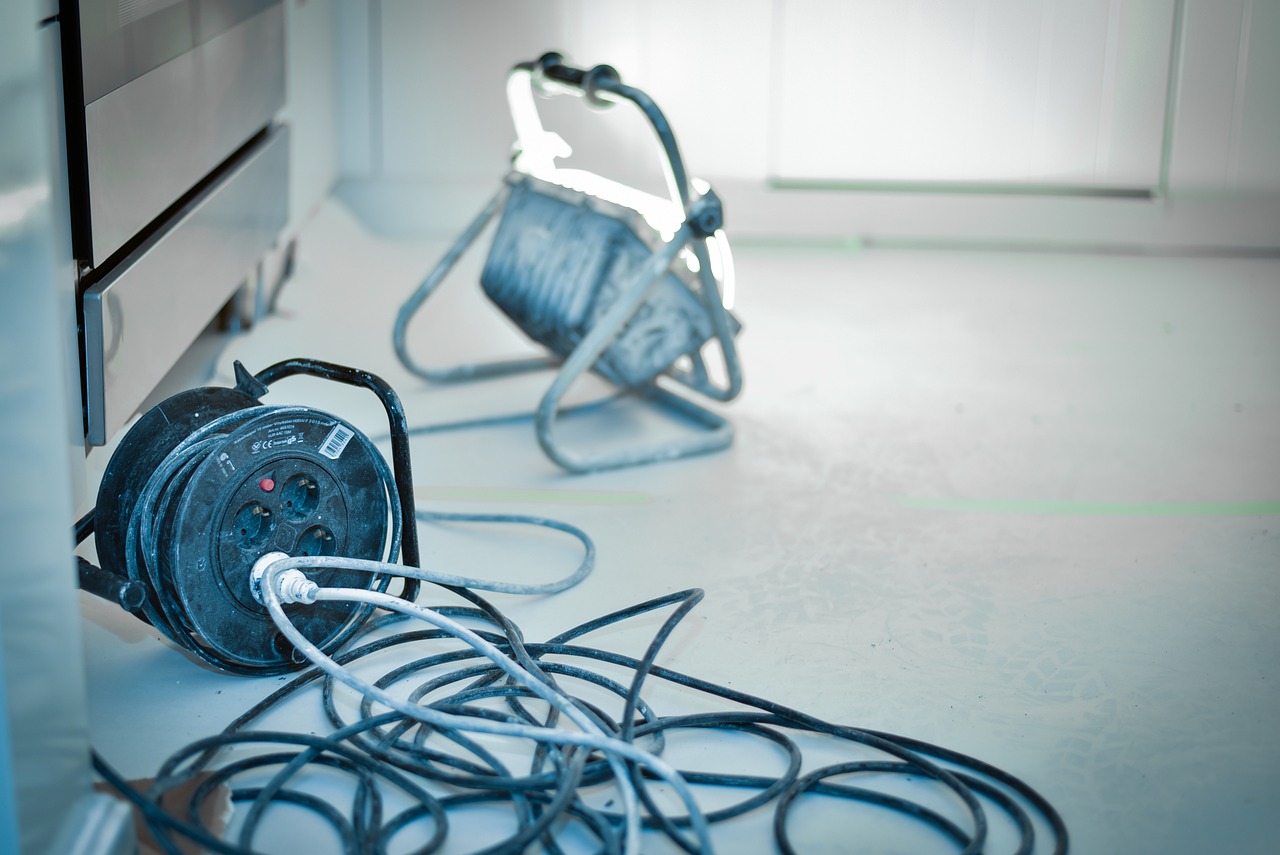
Cutting Techniques
When it comes to making DIY pillows, the you use can significantly influence the overall appearance and quality of your finished product. Precision in cutting is not just about aesthetics; it also affects how well your pillow holds its shape and how comfortable it feels. So, let’s dive into some essential cutting techniques that can help you achieve professional-looking results.
First off, always remember to use a sharp pair of scissors or a rotary cutter. Dull cutting tools can lead to uneven edges, which can be quite frustrating. For straight cuts, a rotary cutter paired with a cutting mat is your best friend. It allows for smooth, clean edges, which is especially important if you’re working with slippery fabrics like satin or silk.
Next, consider using a ruler or a straight edge as a guide. This is particularly useful when cutting long strips of fabric, as it helps maintain a straight line. You might also want to use pinking shears for cutting fabric edges. These shears create a zigzag pattern that helps prevent fraying, giving your pillows a neat finish. However, if you prefer a more tailored look, you can simply use regular scissors and finish the edges with a zigzag stitch on your sewing machine.
Another technique worth mentioning is the template method. For more intricate shapes, creating a template out of cardboard or thick paper can be a game changer. Simply trace your template onto the fabric, ensuring that you add seam allowances where necessary. This allows for greater accuracy, especially if you're making multiple pillows with the same design.
Lastly, don't forget about the importance of fabric grain. Aligning your fabric according to its grain can enhance the drape and overall look of your pillows. Cutting against the grain can lead to distortion, so always check the grainline before making your cuts. When in doubt, you can refer to the fabric's selvage edge as a guide.
In summary, mastering these cutting techniques can elevate your DIY pillow project from good to great. With the right tools and methods, you’ll not only save time but also create pillows that are a stunning addition to your home decor.
- What is the best fabric for DIY pillows? - It depends on your style and comfort preference, but cotton, linen, and canvas are popular choices for their durability and ease of care.
- How do I ensure my pillow shape remains intact? - Using the right cutting techniques and quality filling materials can help maintain the shape of your pillows.
- Can I use old clothes to make pillows? - Absolutely! Upcycling old clothes is a fantastic way to create unique pillows while being eco-friendly.
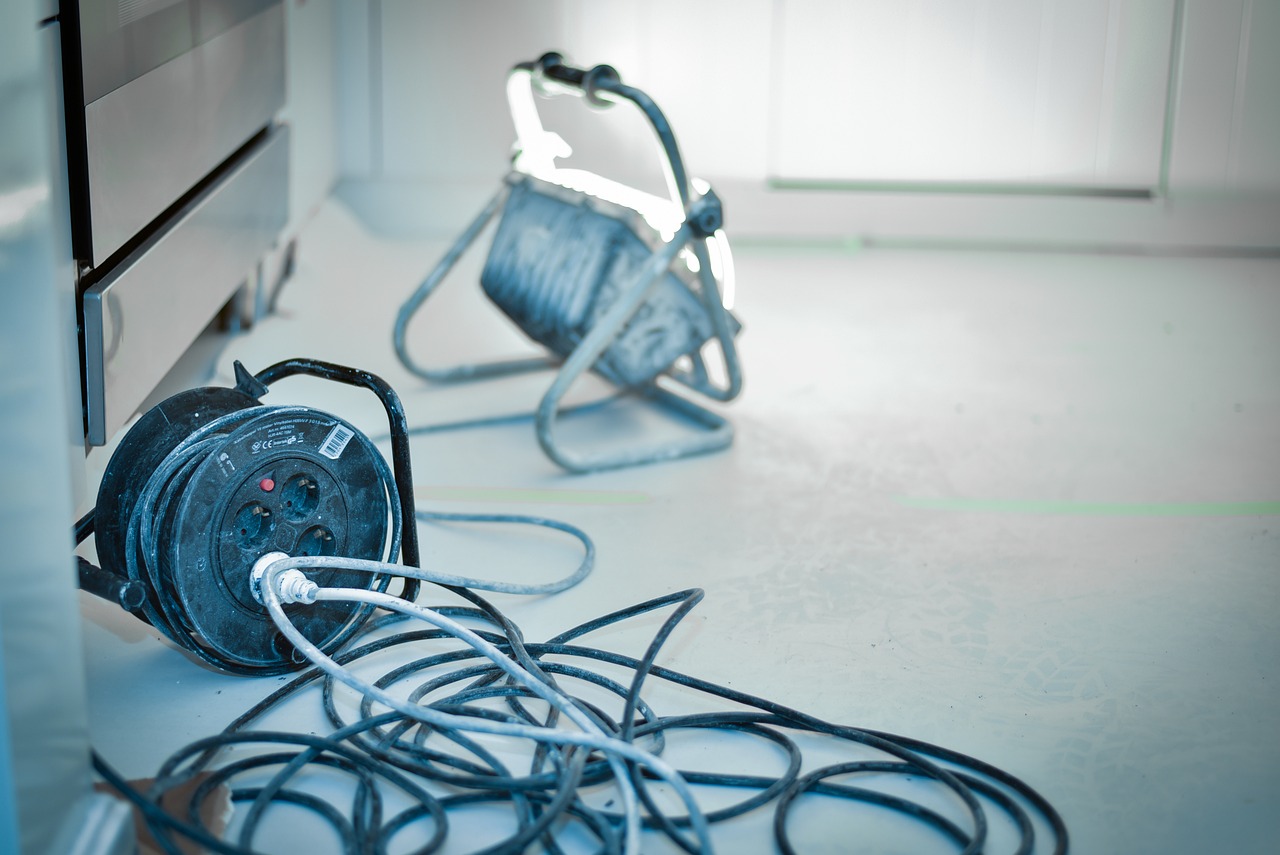
Choosing the Right Pillow Filling
When it comes to creating your own DIY pillows, the filling you choose is just as important as the fabric. The filling not only affects the comfort of the pillow but also its overall appearance and longevity. With so many options available, it can be overwhelming to decide which one is right for your project. Here’s a breakdown of some of the most popular pillow filling materials, along with their characteristics, to help you make an informed choice.
Down is a classic choice for pillows, offering a luxurious feel and excellent softness. Made from the soft feathers of ducks or geese, down pillows provide a plush and cozy experience. However, they can be a bit pricey and may require special care, such as dry cleaning. If you’re looking for that indulgent hotel-like comfort, down might just be your go-to option.
On the other hand, polyester fiberfill is a more budget-friendly alternative. It’s lightweight, hypoallergenic, and machine washable, making it a practical choice for everyday use. Polyester filling can mimic the softness of down, but it tends to be less durable over time. If you’re crafting pillows for a family room or a space that sees a lot of action, this filling could be ideal.
Another option to consider is memory foam. This filling is known for its ability to contour to the shape of your head and neck, providing excellent support. Memory foam pillows are particularly great for those who suffer from neck or back pain. However, they can be a bit heavier and may retain heat, so if you prefer a cooler pillow, you might want to look elsewhere.
If you're feeling adventurous, you can also explore natural fillings like buckwheat hulls or latex. Buckwheat hulls offer a firm support and are adjustable, allowing you to customize the height of your pillow. They are also breathable and eco-friendly, making them a great choice for environmentally conscious crafters. Latex, on the other hand, is resilient and provides a bouncy feel, but it can be more expensive than synthetic options.
In summary, the right pillow filling will depend on your personal preferences and the intended use of the pillows. Here’s a quick comparison table to help visualize the differences:
| Filling Type | Comfort Level | Durability | Care Instructions |
|---|---|---|---|
| Down | Very Soft | Medium | Dry Clean Only |
| Polyester Fiberfill | Soft | Low | Machine Washable |
| Memory Foam | Medium to Firm | High | Spot Clean |
| Buckwheat Hulls | Firm | High | Spot Clean |
| Latex | Bouncy | High | Spot Clean |
Ultimately, whether you opt for the plush comfort of down, the practicality of polyester, or the support of memory foam, each filling has its unique benefits. So, take some time to think about what you want from your pillows. Are you looking for softness, support, or easy maintenance? Your choice of filling will set the stage for a cozy and inviting home.
Q: Can I mix different types of fillings in one pillow?
A: Absolutely! Mixing fillings can create a unique comfort level and aesthetic. For example, combining down and polyester fiberfill can give you the softness of down while maintaining some durability.
Q: How do I know how much filling to use?
A: The amount of filling you need will depend on the size of your pillow and how firm or soft you want it to be. A good rule of thumb is to start with a little less than you think you need, as you can always add more.
Q: Are there any hypoallergenic filling options?
A: Yes! Polyester fiberfill and certain types of latex are hypoallergenic, making them suitable for those with allergies.
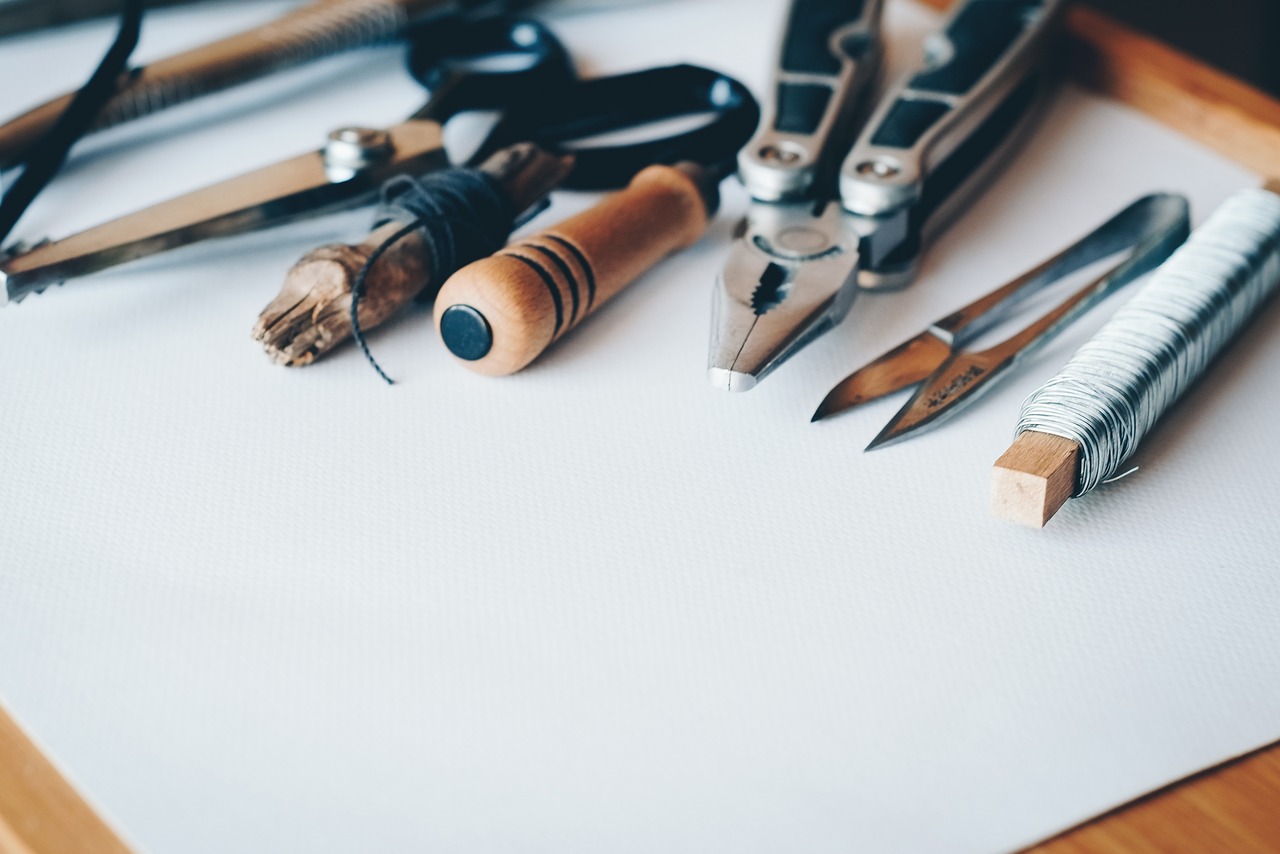
Decorative Techniques for Pillows
When it comes to enhancing the look of your DIY pillows, the right decorative techniques can make all the difference. Think of your pillows as blank canvases, waiting for your artistic touch! By incorporating unique designs and textures, you can transform a simple pillow into a stunning focal point in your home decor. From stitching to painting, there are numerous ways to personalize your creations and make them truly one-of-a-kind.
One popular method for adding flair to your pillows is through embroidery. This technique allows you to stitch intricate patterns or even personalize your pillows with initials or quotes. Imagine snuggling up with a pillow that has your favorite saying beautifully embroidered on it! Not only does embroidery add a tactile quality, but it also brings a sense of warmth and character to your space. If you're new to embroidery, don’t worry! There are plenty of beginner-friendly tutorials available online that can guide you through the process.
Another fantastic technique is appliqué, which involves sewing a piece of fabric onto your pillow to create a design. This method can be particularly eye-catching, as you can use contrasting fabrics to make your designs pop. For instance, a vibrant floral appliqué on a neutral background can create a stunning visual effect. Plus, appliqué can be used to cover up any imperfections in your fabric, making it both a decorative and practical solution!
If you're feeling adventurous, you might want to explore painting and stenciling your pillows. Fabric paint allows you to unleash your creativity by adding bold colors and patterns that reflect your personal style. You can use stencils to create geometric shapes, floral patterns, or even whimsical designs. This technique is especially great for those who want to make a statement without spending a fortune on fabric. Just remember to use fabric paint that is washable and designed for textiles to ensure your designs last!
To help you visualize these techniques, here’s a quick overview of the decorative methods you can use:
| Technique | Description | Skill Level |
|---|---|---|
| Embroidery | Stitching patterns or text onto fabric for a personalized touch. | Beginner to Advanced |
| Appliqué | Sewing fabric shapes onto the pillow to create designs. | Beginner |
| Painting/Stenciling | Applying fabric paint to create colorful designs. | Beginner |
Finally, don’t forget about the power of texture. Adding different textures to your pillow can create a visually appealing contrast that draws the eye. Consider combining smooth fabrics with rougher textures, or even adding embellishments like tassels or fringe. These small details can elevate your pillows from ordinary to extraordinary, making them a delightful addition to your home decor.
In conclusion, the decorative possibilities for DIY pillows are virtually endless! Whether you choose to embroider, appliqué, paint, or mix textures, the key is to let your creativity shine. So gather your materials, pick a technique that excites you, and start crafting pillows that not only complement your home but also tell your unique story.
- What materials do I need for embroidery on pillows? You will need embroidery thread, a needle, and an embroidery hoop, along with your pillow fabric.
- Can I wash my painted pillows? Yes, but make sure to use fabric paint that is washable and follow the care instructions to maintain the design.
- How do I choose the right fabric for appliqué? Look for fabrics that contrast well with your pillow base and are easy to sew, like cotton or felt.
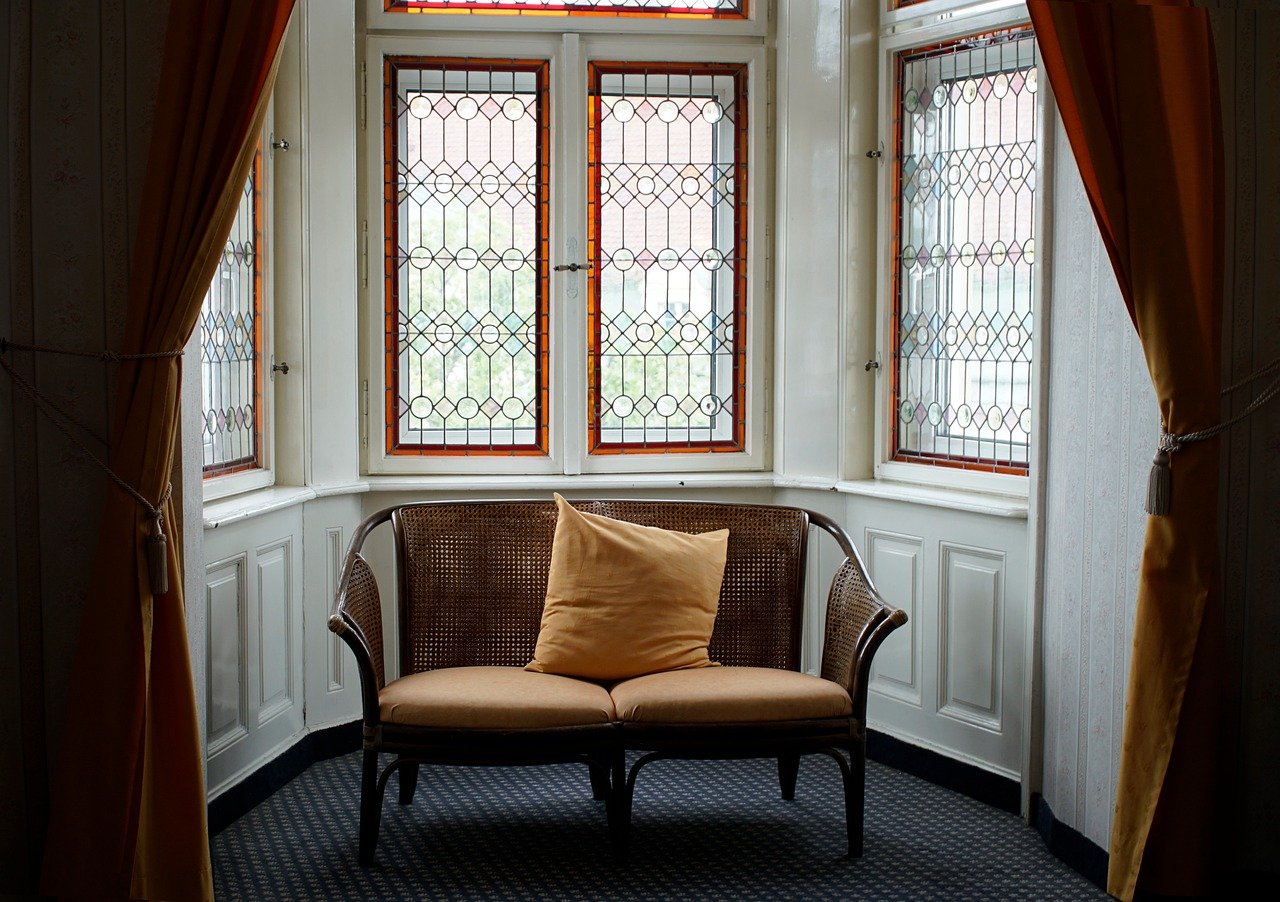
Embroidery and Appliqué
When it comes to adding a personal touch to your DIY pillows, embroidery and appliqué are two of the most delightful techniques you can explore. These methods not only enhance the visual appeal of your pillows but also allow you to express your creativity in a unique way. Imagine transforming a plain pillowcase into a stunning work of art with just a few stitches or fabric pieces! Sounds exciting, doesn’t it?
Embroidery involves stitching designs onto fabric, which can range from simple patterns to intricate illustrations. It’s like painting with thread! You can use various stitches, such as satin stitch, backstitch, or even French knots, to create textures and depth. Whether you choose to embroider a monogram, floral designs, or whimsical shapes, the possibilities are endless. Plus, it’s a great way to incorporate colors that match your home decor.
On the other hand, appliqué is a technique where you sew one fabric piece onto another to create designs. This method is perfect for those who want to add a pop of color or a playful element to their pillows. You can cut out shapes from colorful fabrics and sew them onto your pillow cover, creating a layered look that’s both eye-catching and fun. Think of it as adding a patchwork of personality to your space!
To get started with embroidery and appliqué, gather the following materials:
- Fabric for your pillow cover
- Embroidery floss or thread
- Needles suitable for hand sewing
- Fabric scissors
- Iron-on adhesive (for appliqué)
- Embroidery hoop (optional, but helpful)
Once you have your materials ready, it’s time to dive into the creative process. For embroidery, start by sketching your design on paper. Then, transfer it onto your fabric using a fabric pencil or washable marker. If you’re new to embroidery, consider starting with simple designs to build your confidence. Remember, practice makes perfect!
For appliqué, cut out your desired shapes from the fabric, then use iron-on adhesive to attach them to your pillow cover. After that, sew around the edges to secure them in place. This can be done with a straight stitch, zigzag stitch, or even decorative stitches for added flair. The beauty of appliqué is that it allows you to play with different textures and patterns, making each pillow uniquely yours.
Incorporating embroidery and appliqué into your DIY pillow projects not only adds a personal touch but also makes for a fun and fulfilling crafting experience. So, gather your materials, unleash your creativity, and watch as your pillows transform into stunning decorative pieces that reflect your style!
Here are some common questions that might help you as you embark on your DIY pillow-making journey:
- What type of fabric is best for embroidery? Cotton and linen are excellent choices for embroidery due to their durability and ease of handling.
- Can I use a sewing machine for embroidery? Yes, many sewing machines have embroidery capabilities, but hand embroidery offers a unique, personal touch.
- How do I care for my embroidered pillows? Hand wash or spot clean to preserve the integrity of the embroidery. Avoid harsh detergents.

Using Paint and Stencils
This article explores creative ways to design and make your own pillows, enhancing your home decor with personalized touches. Discover tips, materials, and techniques to craft beautiful DIY pillows.
Selecting the appropriate fabric is crucial for your DIY pillows. Learn about various fabric types, their textures, and how they can complement your home’s aesthetic while ensuring durability and comfort.
Before starting your DIY pillow project, gather the necessary tools and materials. This section outlines the essentials you'll need, from sewing machines to stuffing, to create professional-looking pillows.
Accurate measurements and precise cutting are key steps in pillow making. This section provides tips on how to measure your fabric correctly and cut it for the perfect pillow size.
Understanding how to calculate the right dimensions for your pillows can save time and material. This guide will help you determine the ideal size based on your design preferences.
Different cutting techniques can affect the final look of your pillows. Here, we discuss various methods to ensure clean edges and accurate shapes for your DIY projects.
The filling you choose significantly impacts the comfort and appearance of your pillows. This section reviews different filling options, including down, polyester, and foam, to help you decide.
Adding decorative elements can elevate your pillows' design. Explore various techniques such as embroidery, appliqué, and painting to personalize your pillows and make them unique.
Embroidery and appliqué are popular methods to add intricate designs to your pillows. This section provides step-by-step instructions on how to incorporate these techniques into your projects.
Painting and stenciling your DIY pillows can be an exciting way to express your creativity and add a personal touch to your home decor. Imagine transforming a plain pillow into a vibrant work of art that reflects your style! The process is not only fun but also straightforward, making it accessible for crafters of all skill levels.
To get started, you'll need a few basic materials:
- Fabric Paint: Choose fabric paint that is durable and suitable for the type of fabric you're using.
- Stencils: You can buy pre-made stencils or create your own using cardstock or plastic sheets.
- Brushes or Sponges: These tools will help you apply the paint evenly.
- Protective Covering: Lay down newspaper or a plastic sheet to protect your workspace from paint spills.
Once you have your materials ready, it's time to unleash your imagination! Start by laying your pillow cover flat on your workspace. If you're using stencils, position them where you want your design to appear. Secure them in place with tape to prevent any movement while you paint.
Next, dip your brush or sponge into the fabric paint and apply it to the stencil. Use a dabbing motion to ensure the paint seeps through the stencil without bleeding. Once you've covered the stencil, carefully lift it away to reveal your design. Don’t worry if you make mistakes; you can always touch up later!
After painting, allow your pillows to dry completely. Follow the manufacturer's instructions for heat setting the paint, as this will help ensure your designs remain vibrant and intact through washes.
Finally, consider adding a personal message or quote to your pillows using the same painting technique. This can make your DIY pillows not just decorative but also meaningful pieces that tell a story.
No, it's best to use fabric paint specifically designed for textiles. Regular paint may crack or wash out.
To maintain your painted pillows, wash them gently in cold water and avoid bleach. Air drying is recommended to preserve the paint.
Absolutely! Using multiple colors can create stunning effects. Just be sure to let each color dry before applying the next to avoid smudging.
Cotton and canvas are excellent choices for painting since they hold paint well and are easy to work with.
Frequently Asked Questions
- What type of fabric is best for DIY pillows?
Choosing the right fabric is essential for both aesthetics and durability. Popular options include cotton for its softness, linen for a natural look, and outdoor fabrics for durability. Consider the texture and color that will best complement your home decor.
- What tools do I need to make DIY pillows?
To get started, you'll need a few essential tools: a sewing machine, scissors, measuring tape, pins, and stuffing material. These tools will help you create professional-looking pillows without breaking the bank.
- How do I measure and cut fabric accurately?
Accurate measurements are crucial! Measure the area where your pillow will go, then add seam allowances. Use a rotary cutter or sharp scissors for clean edges, and always double-check your measurements before cutting.
- What filling should I use for my pillows?
The filling you choose can greatly affect comfort and appearance. Down filling offers plush softness, while polyester is budget-friendly and hypoallergenic. Foam provides firmness, so pick what feels best for your needs!
- Can I decorate my pillows, and if so, how?
Absolutely! Decorative techniques like embroidery, appliqué, and fabric painting can add a personal touch to your pillows. Use stencils for precise designs or freehand for a more artistic flair. Let your creativity shine!
- How do I maintain and clean my DIY pillows?
To keep your pillows looking fresh, check the fabric care instructions. Most can be spot cleaned or machine washed on a gentle cycle. Always use a pillow cover for easy maintenance and protection against stains.



















